NodeMCU ESP8266 Wi-Fi Module V3 (CP2102) – Overview
The NodeMCU ESP8266 V3 with CP2102 is a compact, USB-ready Wi-Fi development board perfect for makers, students and professional prototyping. It combines the popular ESP8266 Wi-Fi SoC with a CP2102 USB-to-UART bridge so you can plug it into your computer and begin programming in minutes.
Key Features
- Built-in CP2102 USB-to-UART interface for reliable, driver-supported USB connectivity
- ESP8266 SoC with 80 MHz Tensilica L106 CPU and 4 MB SPI flash
- 2.4 GHz 802.11 b/g/n Wi-Fi for internet connectivity and IoT applications
- 11 digital GPIOs with PWM, I2C, SPI and ADC support
- Operates at 3.3 V with onboard voltage regulation
- Compact form factor with gold-plated pins and clear silk-screen labels for easy wiring
Technical Specifications
- CPU: 80 MHz Tensilica L106
- Flash Memory: 4 MB SPI
- Wi-Fi: 2.4 GHz 802.11 b/g/n
- Operating Voltage: 3.3 V (regulated on board)
- USB Interface: Micro USB with CP2102 driver support
- GPIO: 11 digital I/O, PWM, I2C, SPI, ADC
Getting Started
1. Connect and Install
- Plug the board into your PC using a Micro USB cable. The CP2102 provides a stable USB serial connection. Install drivers if your OS requires them.
- Open Arduino IDE, add the ESP8266 board support, and select “NodeMCU 1.0 (ESP-12E Module)” as the board.
2. Example: Blink the Onboard LED
- Select the correct COM port in Arduino IDE.
- Load a simple LED blink sketch and upload. You should see the onboard LED blink within seconds.
Software and Programming
The NodeMCU ESP8266 supports multiple development environments including Arduino IDE, PlatformIO, and the NodeMCU Lua firmware. A large ecosystem of libraries and tutorials makes connecting sensors, cloud services and MQTT brokers straightforward.
Power and Low Power Modes
The ESP8266 includes efficient sleep modes to conserve battery life for remote sensors and battery-powered projects. Use deep sleep and wake-up routines to extend runtime while maintaining periodic Wi-Fi updates.
Popular Projects and Applications
- Home Automation: Control lights, switches and relays from a smartphone app or MQTT server.
- Wireless Sensor Nodes: Monitor temperature, humidity, soil moisture and upload to cloud services.
- Wearables and Prototyping: Integrate the board into wearable prototypes or robotics projects.
- Educational Projects: Ideal for learning embedded systems and networked applications.
Pinout and Interfacing Tips
- Pins are clearly labeled (D0, D1, D2, etc) making breadboard wiring simple and error-free.
- Use level shifting or ensure 3.3 V logic when connecting external devices.
- When using multiple sensors or modules, confirm current draw to avoid brownouts.
Why Choose NodeMCU ESP8266 V3 (CP2102)
- Plug-and-play USB support makes setup faster and less error-prone
- Rich GPIO and peripheral support for a wide range of sensors and actuators
- Large community and extensive documentation shorten development time
- Affordable and compact for both hobby and professional projects
What is Included
- 1 x NodeMCU ESP8266 Wi-Fi Module V3 (CP2102)
- Documentation and links to drivers and setup guides
Compatibility and Notes
Compatible with Windows, macOS and Linux (CP2102 driver installation may be required on some systems). Use 3.3 V logic only on GPIO pins. Pictures are for illustration purposes only.
Ready to Start Building
Add the NodeMCU ESP8266 Wi-Fi Module V3 (CP2102) to your toolkit and start creating connected projects quickly. With built-in USB support and broad software compatibility, it is an ideal choice for rapid prototyping and IoT applications.

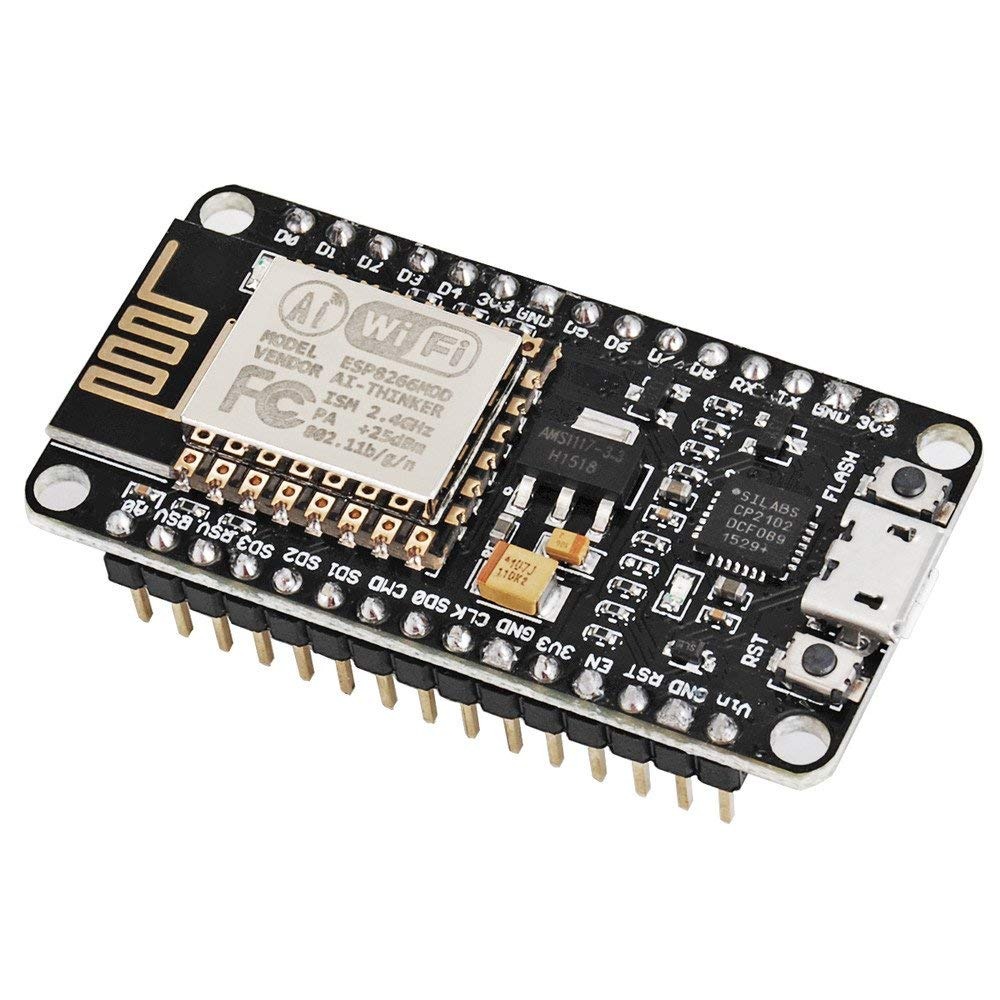
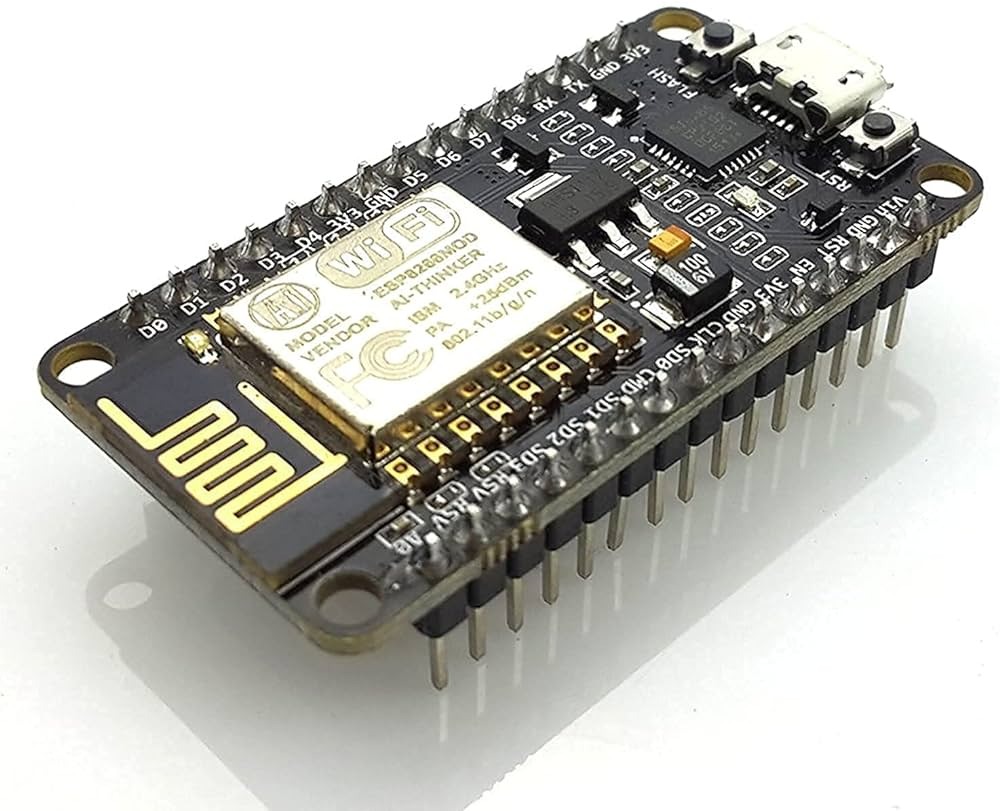
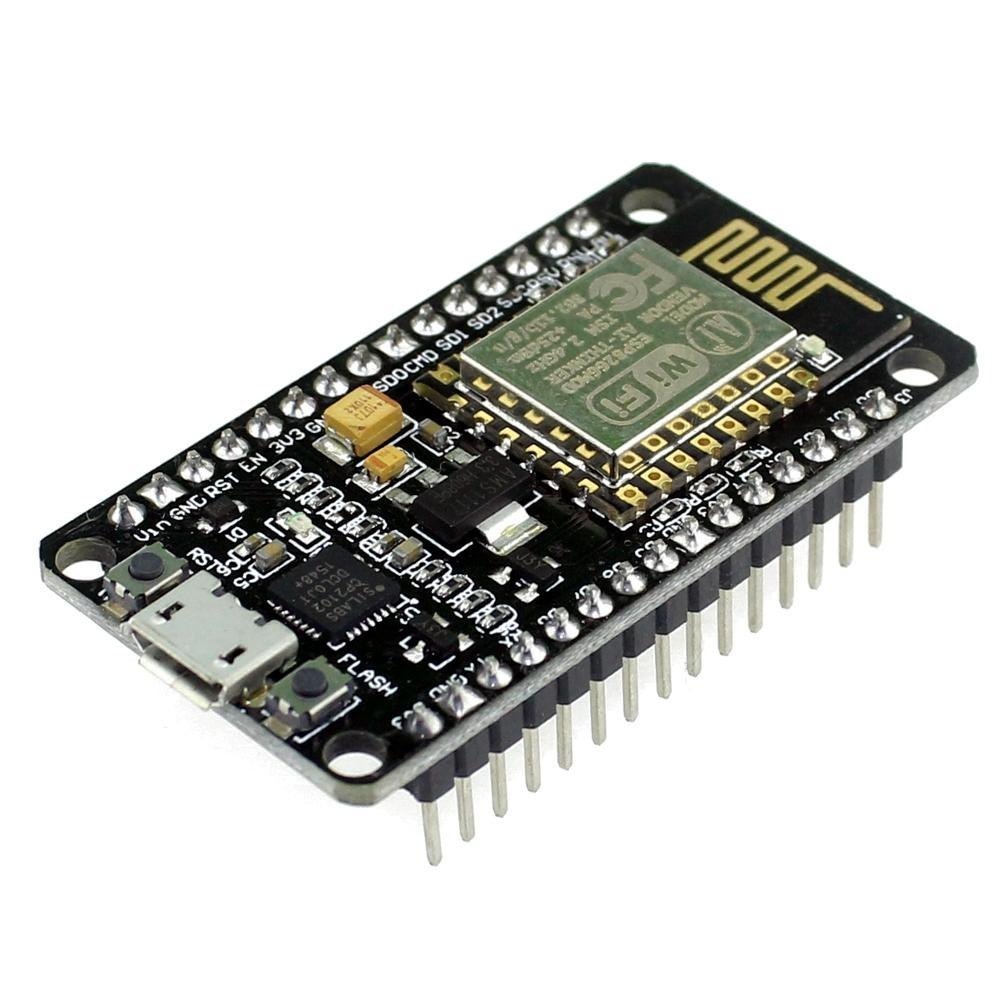
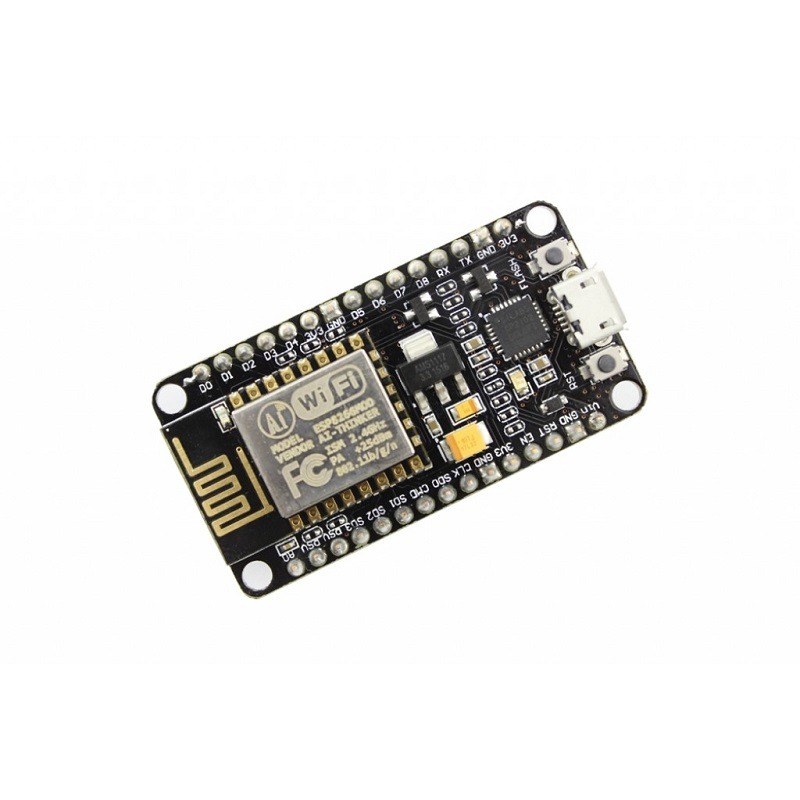
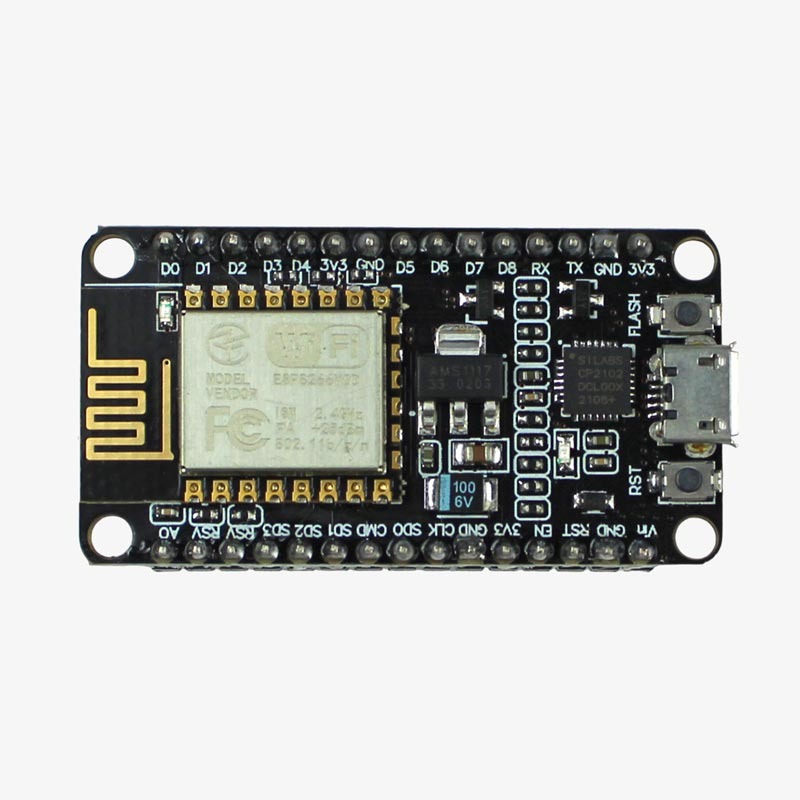

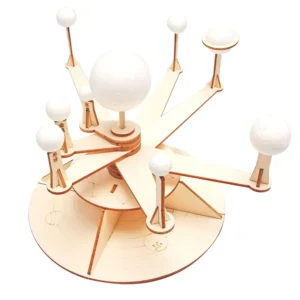
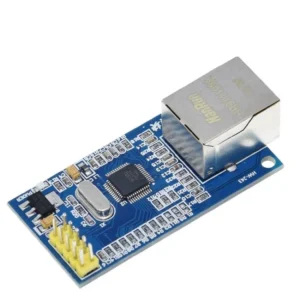
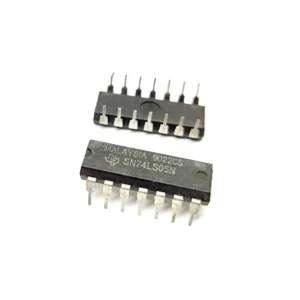
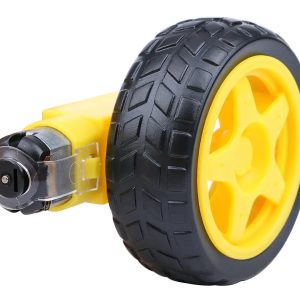
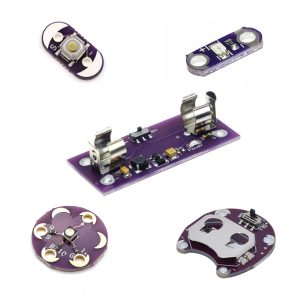
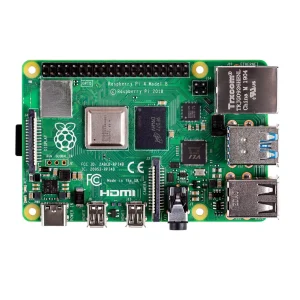
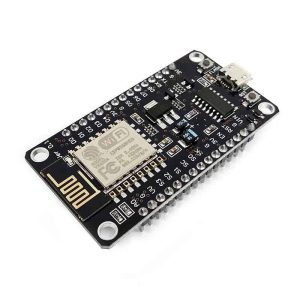
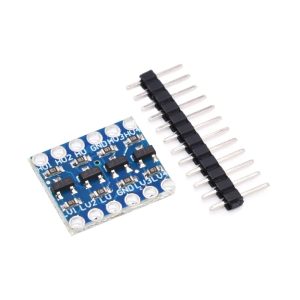
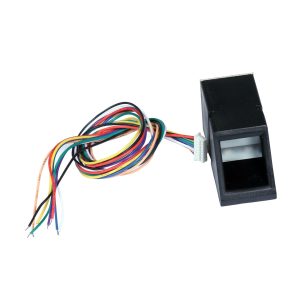
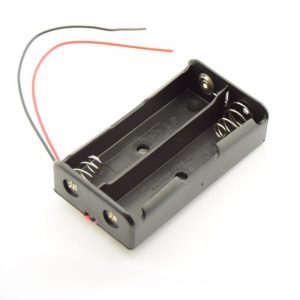

Reviews
There are no reviews yet